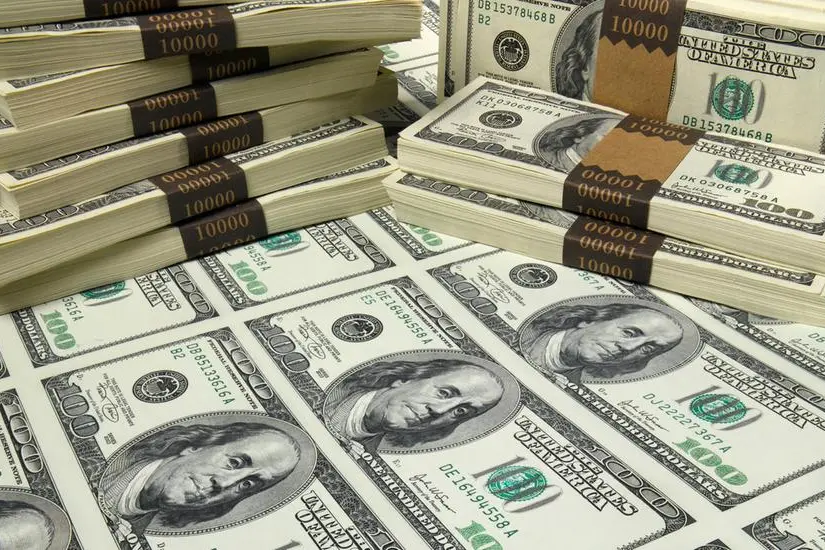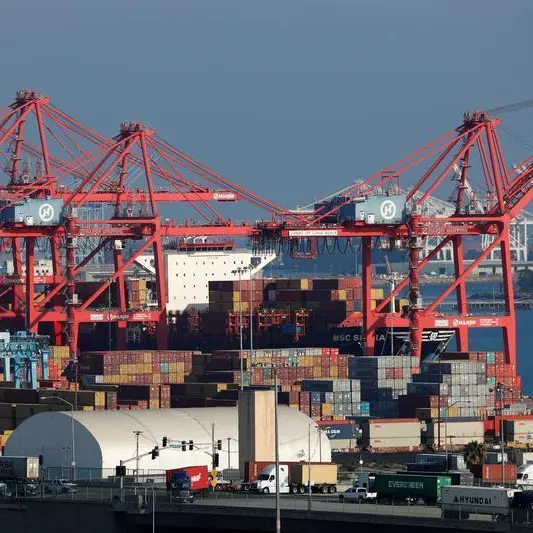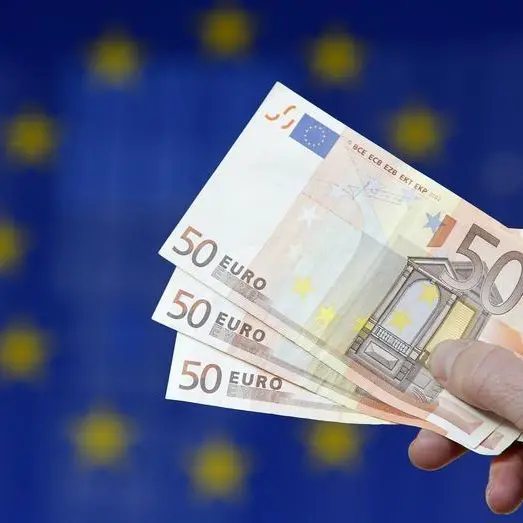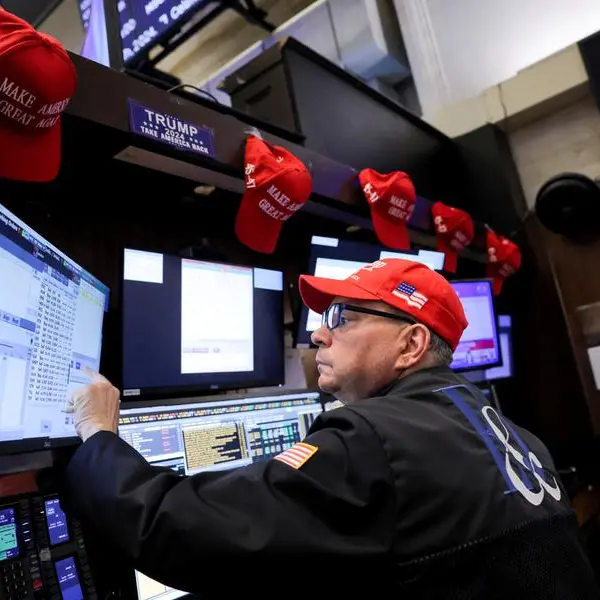PHOTO
BEIJING - China kicked off a fresh round of fiscal support on Friday for its sputtering economy with a package that eases debt repayment strains for local governments, with Finance Minister Lan Foan signalling further stimulus in the pipeline.
Beijing will let local governments allocate 10 trillion yuan ($1.40 trillion) towards reducing off-balance sheet, or "hidden" debt, as concerns about China's long-term outlook have been compounded by the U.S. election win by Donald Trump, who has threatened tariffs in excess of 60% on all Chinese goods.
Local governments' debt quota will be raised by 6 trillion yuan and they would be able to use another 4 trillion yuan in issuance that has already been approved to finance the debt swaps, aimed at reducing systemic financial risks, officials said.
The world's second-largest economy has sputtered in recent months, facing strong deflationary pressures amid weak domestic demand, a property crisis and mounting financing strains on indebted local governments, limiting their ability for new investments.
China's top legislative body, the standing committee of the National People's Congress (NPC), approved a bill raising the ceiling for local governments to issue special bonds to 35.52 trillion yuan from 29.52 trillion.
The debt swaps, flagged in a Reuters report last week, aim to resolve local debt risks, Xu Hongcai, the vice chairman of the financial and economic affairs committee of the NPC, told a press conference in Beijing.
Finance Minister Lan, sitting next to Xu, said authorities will issue policies to support state sector purchases of unsold apartments and reclaim undeveloped residential land from property developers, as well as replenish the capital of big state banks.
Lan did not give details on the size or timing of those measures.
Larger-than-expected monetary stimulus in September fuelled unfettered investor speculation about a complementing, blockbuster fiscal programme to immediately boost activity, sending China shares sharply higher.
Debt swaps aim to repair damaged balance sheets and act as a growth stabiliser, rather than a potent growth stimulant.
DEBT BURDEN
China is struggling to tackle the side-effects from a mountain of debt left from previous stimulus since the global crisis of 2008 and 2009.
This includes hidden debt mainly racked up by local government financing vehicles (LGFVs), raised for infrastructure projects authorities deemed critical for development.
That debt overhang leaves them little room to fund new projects to boost ailing economic activity, however.
Lan said "hidden debt" of local governments stood at 14.3 trillion yuan at the end of 2023, which authorities planned to trim to 2.3 trillion yuan by 2028.
The International Monetary Fund estimates debts of LGVFs amounted to 60 trillion yuan at the end of 2023, or 47.6% of GDP.
The debt swaps were expected to save 600 billion yuan in interest for local governments over five years.
LGFVs' debt pile - including loans, bonds and shadow credits - are seen as a growing source of systemic risk in China's financial system, especially in a shaky economy.
Central and local government debt totalled 147 trillion yuan at the end of 2023, or 117% of GDP, according to the IMF.
($1=7.1533 Chinese yuan renminbi)
(Reporting by Kevin Yao; Writing by Ellen Zhang and Marius Zaharia; Editing by Clarence Fernandez)























